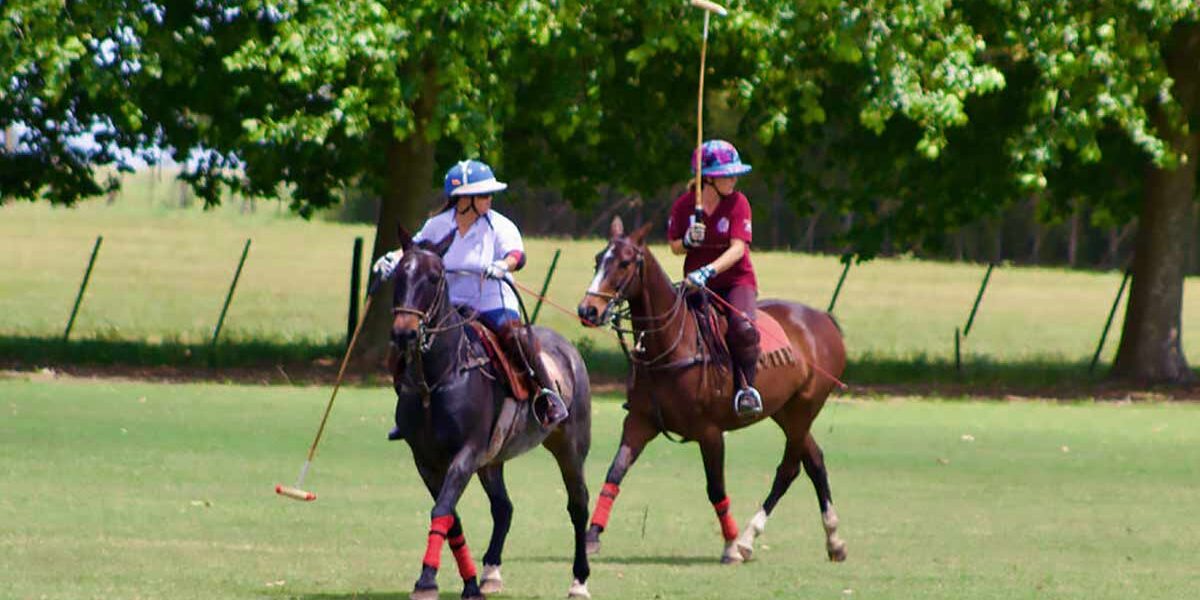The sport’s association with royalty and nobility has often overshadowed the significant contributions of women in polo. Despite numerous challenges, women have carved out their own space in this sport, making remarkable strides and leaving a mark on polo.
Early History and Barriers
Polo’s origins date back over 2,000 years to ancient Persia, where it was a training game for cavalry units. Historically dominated by men, polo did not see much female participation until the late 19th and early 20th centuries. The first recorded instance of women playing polo was in the 1880s in the United Kingdom. However, societal norms and gender biases created significant barriers for women seeking to enter the sport. Despite these challenges, women persisted.
Breaking Through: Sue Sally Hale
Several women have been instrumental in advancing the cause of women in polo. One such pioneer was Sue Sally Hale, often called the “mother of women’s polo”. Hale, who disguised herself as a man to compete in tournaments in the 1950s and 1960s, fought tirelessly to include women in the United States Polo Association (USPA). Her efforts bore fruit in 1972 when the USPA finally admitted women as members.
Sunny Hale, Sue Sally Hale’s daughter, continued her mother’s legacy. Sunny became the first woman to win the prestigious U.S. Open Polo Championship in 2000 with the team Outback (Philip O. Heatley, Bartolome Castagnola, Adolfo Cambiaso, Sunny Hale). This monumental achievement cemented her place in polo history. Her success inspired countless women and highlighted the capabilities of female players at the highest levels of the sport.

Sunny Hale winning the U.S. Open Polo Championship – Image from Uspolo.org
The Evolution of Women’s Polo
The 21st century has seen a significant increase in the visibility and participation of women into this sport. Today, women’s polo is recognized globally, with numerous tournaments dedicated exclusively to female players. The U.S. Open Women’s Polo Championship and the Women’s Argentine Open (Argentina) are just a few examples of prestigious events that showcase the best female talent in the sport.
Women’s Handicaps
In this sport, the handicap system rates players’ abilities to ensure balanced and competitive matches, with handicaps ranging from -2 to 10 goals. Both men and women are assessed using this system. However, there is a unique aspect when women play in mixed-gender matches: their handicaps often change. This adjustment is made to account for differences in playing style and physicality between men’s and women’s polo.
Women’s polo typically emphasizes strategic teamwork and finesse, while men’s polo may lean more towards physicality and power. To ensure fair competition, a woman’s handicap might be modified when she competes in men’s or mixed-gender games. This adjustment helps to balance the teams effectively, reflecting the unique contributions and skills that women bring to the sport.
Top Female Players in Polo
These women have not only broken through gender barriers but have also set new standards of excellence in the sport. Leading the sport are top players like Nina Clarkin (10) and Hazel Jackson-Gaona (10) from the UK, and Mia Cambiaso (8) and Lia Salvo (9) from Argentina. They have showcased extraordinary and strategic skills and competitive spirit on the field. American players such as Sunny Hale, a pioneer for women in polo, and the rising star Hope Arellano (10), have further cemented the prominence of women in this exhilarating sport.
Looking Ahead
The future of women in polo looks promising. With increasing support from governing bodies, sponsors, and the media, women are poised to achieve even greater heights in the sport. As society evolves, the barriers that once blocked women from participating in polo are gradually disappearing.








